Chordata

Pool Frog
Pelophylax lessonae

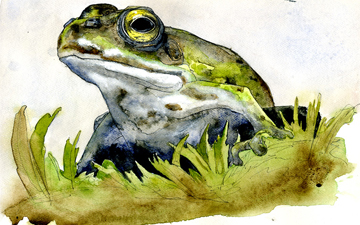
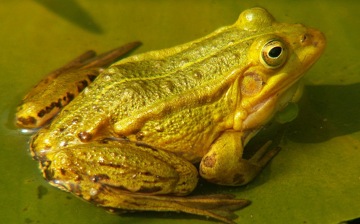
6 POINTS
• Pelophylax Lessonae has a MOVE of 2.
• Pelophylax Lessonae is common in Poland, the Baltic Republics, Moldova, Russia and the Ukraine.

American Bison
Bison bison

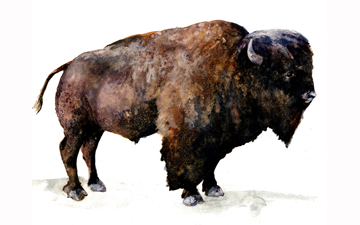
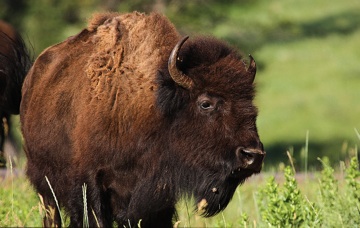
5 POINTS
• Bison bison has a MOVE of 2.
• The American Bison is one of the largest land mammals in North America.

Mountain Kingfisher
Syma megarhyncha

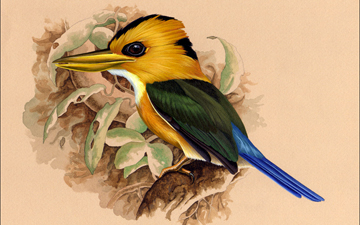
7 POINTS
• Syma megarhyncha has a MOVE of 2.
• Syma megarhyncha is found in Papua New Guinea and Indonesia.

Blue-headed Pitta
Pitta baudii

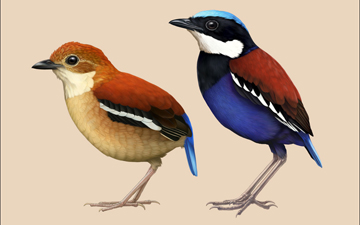
8 POINTS
• Pitta baudii has a FLIGHT of 2.
• Pitta baudii can smash open snail shells by banging them upon tree roots and rocks.

Northern Mockingbird
Mimus polyglottos

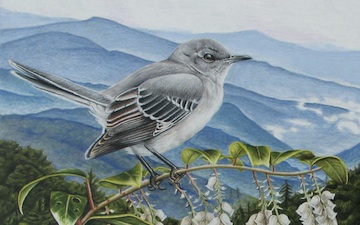
3 POINTS
• Mimus polyglottos has a FLIGHT of 2.
• Mimus polyglottos is one of the loudest and most vocal of all birds.

American Robin
Turdus migratorius


3 POINTS
• Turdus migratorius has a FLIGHT of 2.
• Turdus migratorius’s song sounds something like ‘cheerily, cheer up, cheer up, cheerily, cheer up, cheer up’.